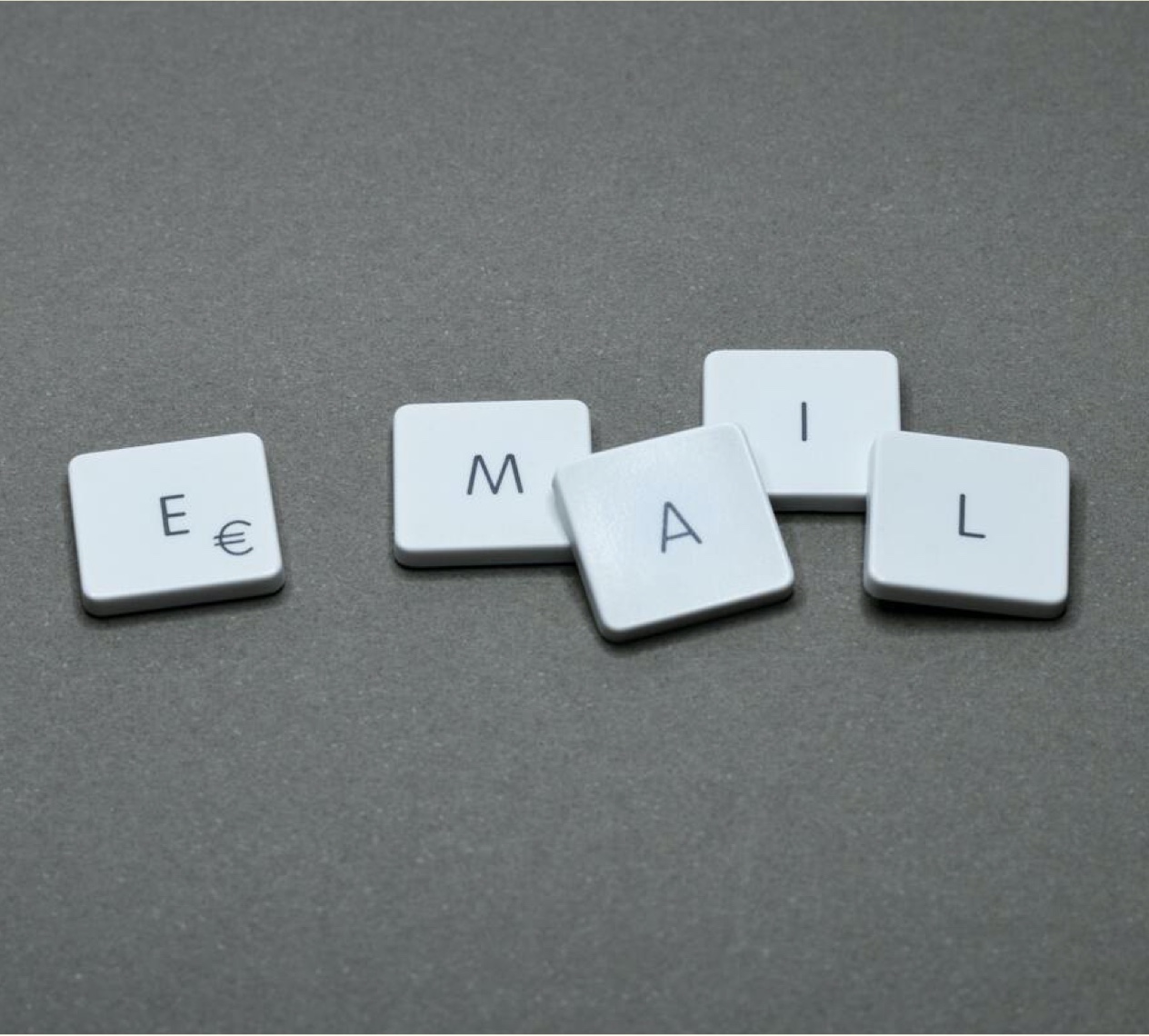
If you’re starting a business or growing an existing one, you’ll need a marketing strategy to attract new clients and grow your business. One of the most popular marketing channels is email marketing. Upon first thought, you might think of email marketing as something that takes minimal effort – you send emails every day! But there’s a lot that goes into developing high quality email content. A succinct strategy and plan is required to use this marketing tool effectively.
What is Email Marketing?
Email marketing is the practice of distributing promotional content through the medium of email. Typically, this might look like invitations, advertisements, newsletters, interactive emails, etc.
Just how effective is email marketing? According to the Data & Marketing Agency (2019), for every $1 you spend on email marketing, you can expect to see an average ROI of $38! It’s also one of the easiest ways of connecting with customers. Almost everyone has an email address, and by 2023, it’s projected that half of the world’s population will have an email account (Statista, 2020). Using email to reach and engage with your customers is a no-brainer.
Different Types of Emails You Can Send
Not all emails are created equal. While there are a lot of different ways a message can look, there are 4 core types you can send to move a customer or lead through the sales funnel. Recognizing these types of emails will give you a baseline for developing content and a digital marketing strategy.
Awareness Emails
These are sent to develop brand awareness with clients and grow an affinity with your products and services. They could explain a new service launch, or introduce your mission at the time of opt-in.
Interest Emails
These ratchet up client engagement with a brand. You’ll showcase yourself as an authority on a subject with the knowledge to address their unique problems. These often look like webinar invites, tutorials, or general information on your product or service. The goal is getting your audience to understand your products or services with greater intent to purchase.
Decision Emails
This is a pivotal stage of your relationship with the customer. This is the phase where they make the decision whether or not you can provide the right solution for their problem. These emails should push the narrative of what you’re capable of, your methods, and why you’re the right person for them. Pitch yourself! Here are a few templates for following-up on a pitch and pushing the lead towards action.
Action Emails
The recipient has decided to move forward with your business and they’ve joined the rank of customer! It’s now time for you to deliver on promises made. Send them emails of thanks and recognition, as well as any content that is unique for the customer segment.
Set Up Your Email Marketing Program
Now that you know the standard message types, how do you get up and running? First, you’ll want an opt-in option on your website that encourages clients to subscribe to your content. As you develop these contacts, you should use an ESP platform (like MailChimp) to organize and segment a client list. Marketers who use segmented campaigns note as much as a 760% increase in revenue (Campaign Monitor, 2019). Segmenting will allow for you to send more targeted emails to individuals as they move through the sales pipeline.
As you develop specific email content, ask yourself what your goals are prior to distribution. Are you hoping to increase referrals or credibility? Simply stay in touch? Depending on what the goal is, you can determine what methods best achieve that mission. No one appreciates an email that isn’t purposeful and you should never send emails that just clog an inbox.
Finally, as you begin sending out emails, put in the time to review their effectiveness. Test and optimize your strategy through methods like A/B testing. Through monitoring bounce rates, click-through rates, and open rates, you can get a better feel of the types of emails that appeal to your target market the most. A great tool is Google Analytics, which has a free online certification program.
Use Email Marketing To Solve Business Challenges
We know that email marketing is important to business success, and we know how to get started, but what are some strategies you could use moving forward?
Here are some common ways any business can use email campaigns to achieve their goals:
- Generate and nurture leads through email campaigns. Simplify the process and make it consistent by using a drip campaign (pre-written messages sent over time).
- Engage customers by providing offers and discounts via email.
- Assert professional knowledge by sharing relevant tutorials and templates.
- Highlight value by sharing testimonials and customer stories. Use this as an opportunity to brag!
- Hone and develop relationships with past customers, while introducing your activities to potential customers through newsletters.
- Ask for customer feedback. A quick survey can do wonders for building your business and improving your offerings.
These are just a few examples of the many ways you can use email marketing to your advantage. As you get started, you’ll find which methods work best for your target market and best align with your brand. It’s a continuous learning process, so don’t be afraid to experiment and try new things!
This article was originally published on Indy
Want to set up an email marketing strategy for your business? Schedule a complimentary consultation with us today.
